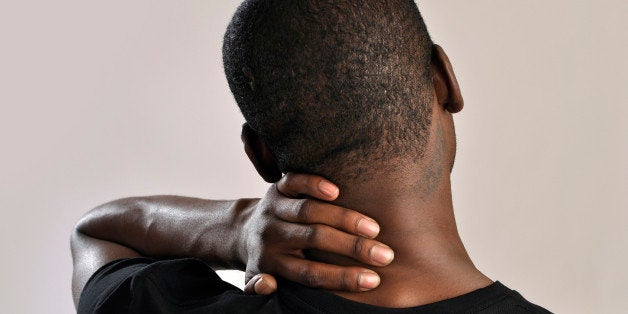
As a former NCAA Division I student-athlete, coach and now director of athletics, I have had a front-row seat to important discussions of head trauma in athletics. From my playing days when nothing short of requiring medical assistance was considered a concussion, to today when a seemingly mild knock to the head is and should be treated with an abundance of care, I have experienced the different perspectives on this issue.
There are no clear or neat solutions. Head injuries are frustrating; they are injuries that may display no outward signs to others; the timetable for healing is a complete unknown; and truly, the only recommendation for recovery is rest. It is certainly not only an athletics problem, nor is it only a football problem. Head injuries occur to people in all walks of life, and researchers are only scratching the surface in terms of recovery and the long-term effects.
For student-athletes, it is not simply about the inability to participate in their sport. Academics sometimes suffer as well. In many cases, the student-athlete cannot attend classes, and reading and computer work not only increase symptoms, but, at a time when full cognitive rest is needed, healing might in fact be inhibited.
For several years, emphasis has been placed on the dangers, both long- and short-term, of such injuries. Baseline testing and other good practices were put into place to assure that athletes do not return to competition prematurely. In 2012, Pop Warner football stopped allowing contact for two-thirds of each practice. According to the New York Times, it was "a move prompted by research showing that most of the hardest hits in youth football occur not in games, but in practice."
The time has come to not only recognize and monitor such conditions, but to do all we can to prevent them.
As the Athletic Director, I am committed to reducing the amount of contact during practices. In the Athletic Head Injury Reduction Strategy released at the beginning of the season, the team outlines the ways in which coaches minimize risk to all student-athletes. The focus is on several sports in which contact, and in turn head injuries, are more prevalent. Our department did research. Consulted experts. Sat down with coaches. In the end, we all think these measures will minimize contact in sports programs while still preparing teams for success.
Contests remain difficult for individual institutions to control, though rules can and have been changed with safety in mind. Practices, which far outnumber competitions, occur in a much more controlled environment. As teammates practice against each other, the chance of a head injury to an athlete doubles with every impact. Through the deliberate and conscientious reduction of situations that require and encourage contact, I strongly believe that we can all limit not only head trauma, but other injuries as well.
Dr. Merrill Miller, director of Colgate's Student Health Services who for the past 30 years has served as team doctor for athletics, reminds us, "The brain is wonderfully complex, and there are no replacement parts." Combining the recognition and rehabilitation of head injuries with a comprehensive protocol to help prevent them means doing what is best for the young men and women who play sports at this level. I encourage others to join this movement. Every player wins.